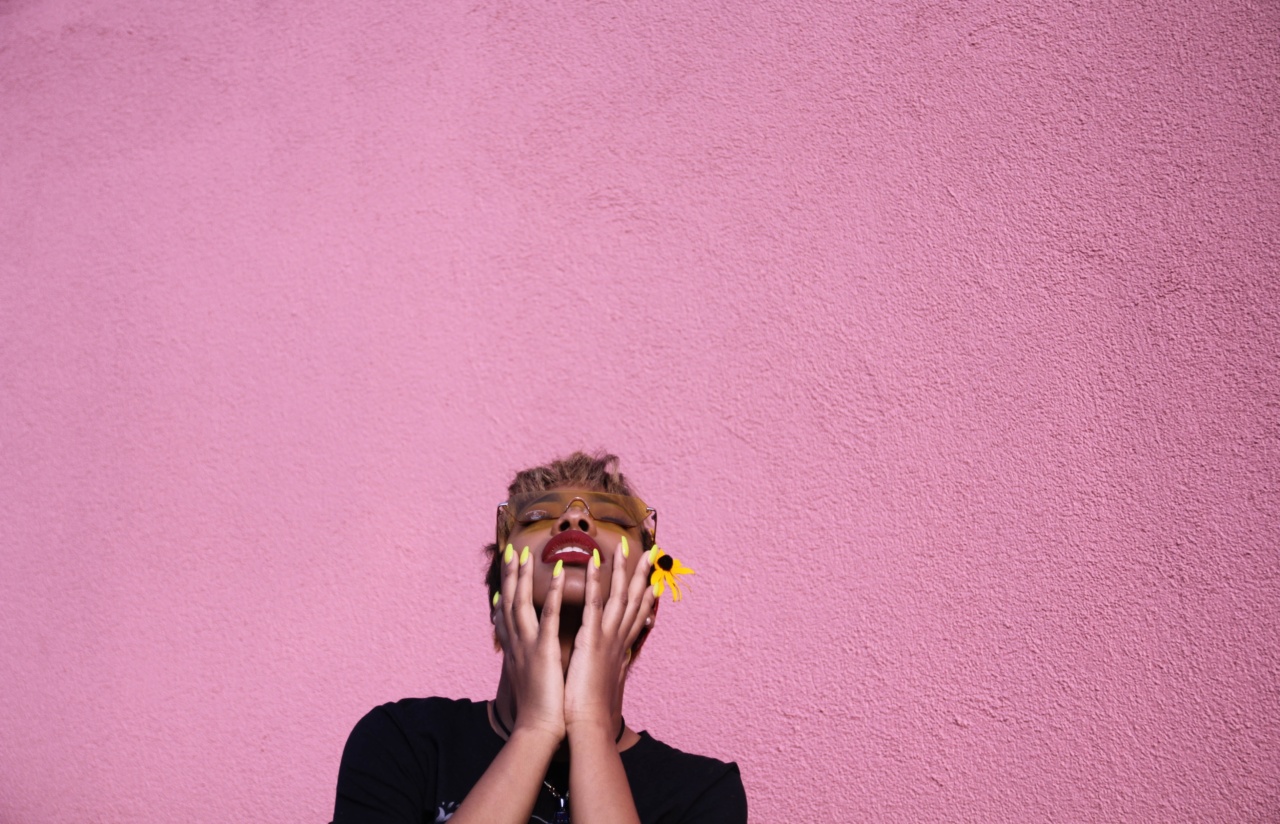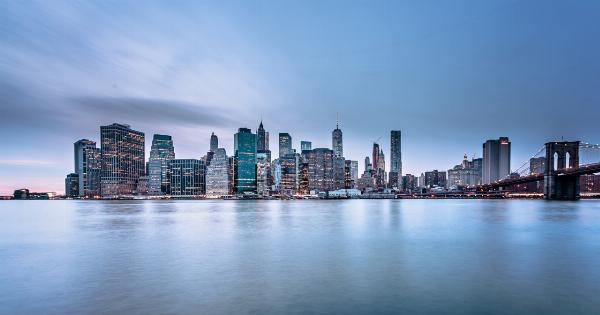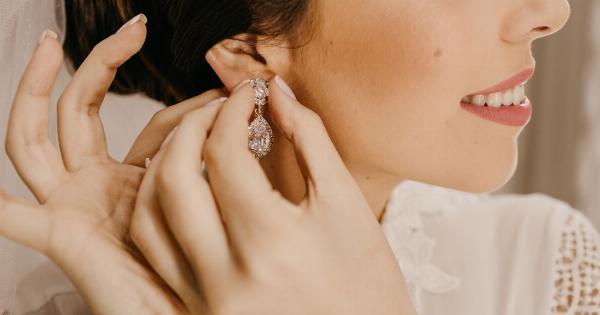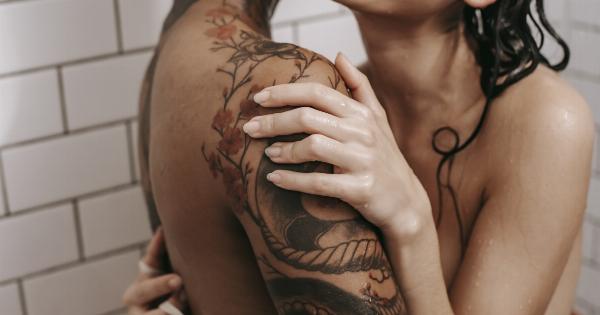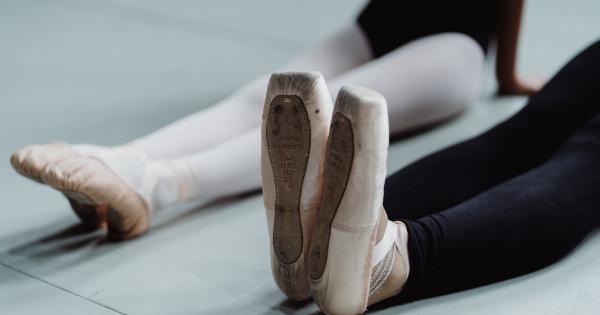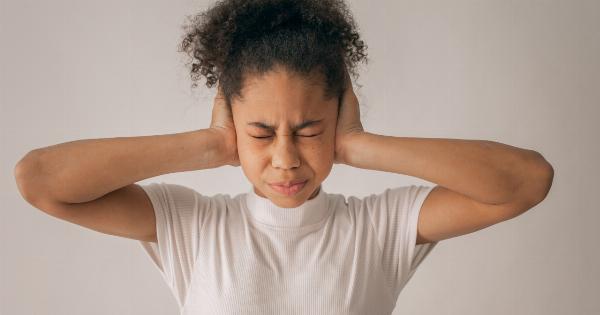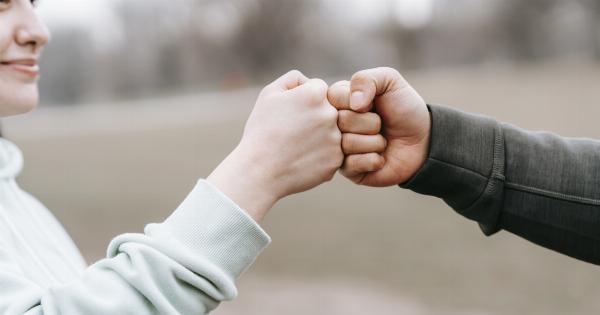Societal beauty standards have been in existence for centuries and have evolved through different times and cultures.
They refer to the unspoken rules that dictate what is considered beautiful or attractive, and who is considered worthy of admiration, respect, and attention. These beauty standards are often reinforced through media, advertising, fashion, and social norms, and they can have a significant impact on both men and women.
Beauty Standards for Women
For centuries, women have been subjected to unrealistic beauty standards that promote a certain body type, skin color, facial features, and hair texture as the ideal.
These standards are often perpetuated through the media, which portrays women who fit into these standards as more attractive and desirable. As a result, many women are pressured to conform to these standards, and those who don’t are often stigmatized and marginalized.
This pressure to conform to beauty standards has led to a rise in cosmetic surgery, especially among young women. Many women undergo procedures such as breast augmentation, rhinoplasty, and liposuction to achieve the ideal body shape.
This can be a dangerous practice, as it can lead to health complications, financial strain, and an overall negative body image.
Furthermore, the pressure to attain these beauty standards can impact women’s mental health, leading to anxiety, depression, and other mental health illnesses.
Women who do not conform to these beauty standards often face discrimination, ridicule, and bullying, which can lead to low self-esteem and other psychological issues.
Beauty Standards for Men
Men are also not immune to societal beauty standards. Although the standards for men are less extreme than those for women, they still exist. Men are expected to be tall, muscular, have a square jawline, and other masculine features.
This ideal is often perpetuated through media, advertising, and fashion, and those who don’t conform to these standards are often stigmatized and marginalized.
The pressure to conform to these beauty standards can lead to a rise in steroid use and other dangerous practices to achieve the ideal body shape.
Men who don’t fit the ideal body type can be discriminated against and perceived as weak or unattractive.
The Impact of Beauty Standards on Relationships
Societal beauty standards can also have an impact on relationships between men and women. Studies have shown that physical attractiveness is often the first and most important factor that people consider when choosing a romantic partner.
This can put pressure on both men and women to conform to societal standards to attract potential partners, which can lead to being disingenuous and overall dissatisfaction in relationships.
Furthermore, beauty standards can affect gender expectations in relationships, with men who conform more to the standards expected to be more dominant and in control.
Women who conform more to the standards are often expected to be passive and submissive, reinforcing traditional gender roles and sexist ideals.
The Importance of Body Positivity
Body positivity is a movement that seeks to counter the harmful effects of societal beauty standards by promoting acceptance of all body types regardless of size, shape, color, or gender.
Body positivity aims to create a culture that celebrates diversity and empowers individuals to embrace their uniqueness.
Body positivity can have a significant impact on mental health by promoting self-love and acceptance. It can also help individuals to develop a positive body image, which can lead to confidence and better mental health overall.
The Role of Media and Advertising
Media and advertising play a significant role in perpetuating societal beauty standards. These industries often promote beauty products that promise to help individuals achieve the ideal body type, skin color, and facial features.
They also often use images of models who fit into these beauty standards to sell products, creating an association between these ideals and societal success and desirability.
However, there has been a growing trend towards more diverse representation in media and advertising. Brands are beginning to include models of all sizes, shapes, and colors to appeal to a more diverse audience and promote body positivity.
This has been a positive step in the right direction, but more needs to be done to create a culture that celebrates diversity and embraces all body types.
Conclusion
Societal beauty standards can have a significant impact on both men and women by promoting unrealistic standards and creating pressure to conform to these ideals.
This pressure can lead to dangerous practices, a negative body image, and mental health issues. However, the body positivity movement and efforts towards more diverse representation in media and advertising are steps in the right direction towards creating a culture that celebrates diversity and promotes self-love and acceptance.
